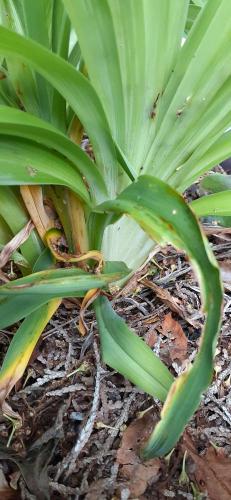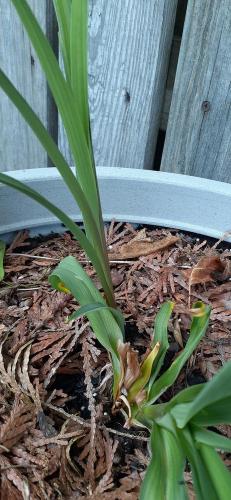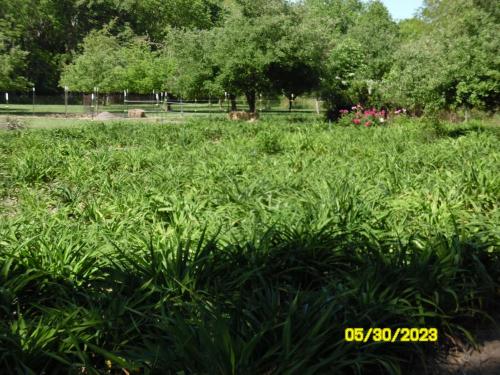Spring sickness at my place this year is the worst I have ever seen. A typical year I'll see a few daylilies struggling a bit with it, and some years quite a few, but this year more than ever. And with more pronounced effect than ever.
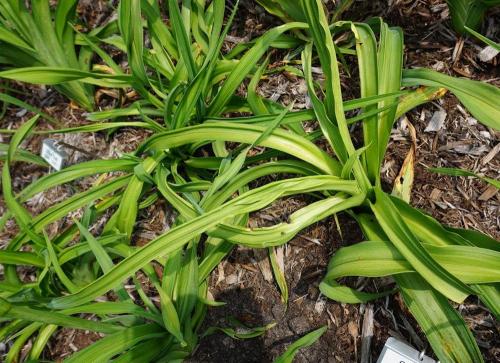

Some try to grow out of it but the new leaves aren't right. Often canoed, and/or stunted, and/or corrugated, and with curled/knobbed ends.

Some are putting out an abnormal number of new fans. These are 2nd year seedlings and while they are vigorous I have to wonder if the spring sickness is causing all the fans...
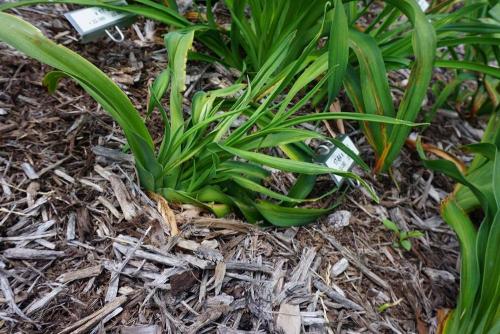

A lot of clumps are really stunted
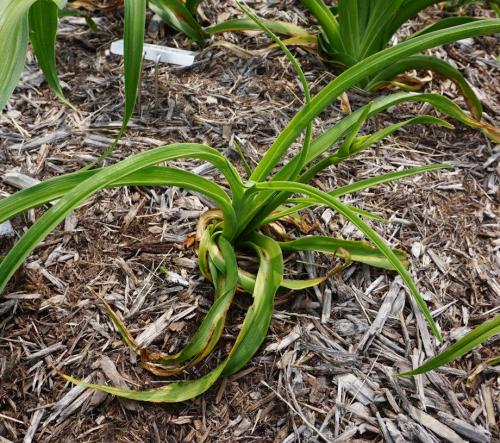
Some look like they recover, and then new leaves start looking abnormal
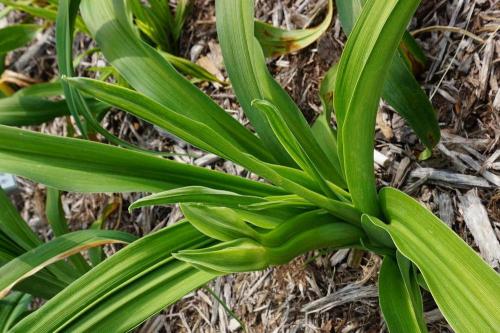
This one recovering has a fused scape and the new leaves aren't right again
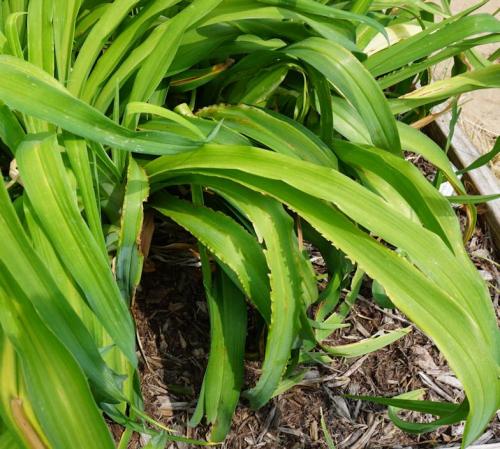
Seeing some of the classic serrated edge result but not very much
I'm concerned that the blooms will be affected and not be "true". Of course I'm also worried about some losing fans and dying...








